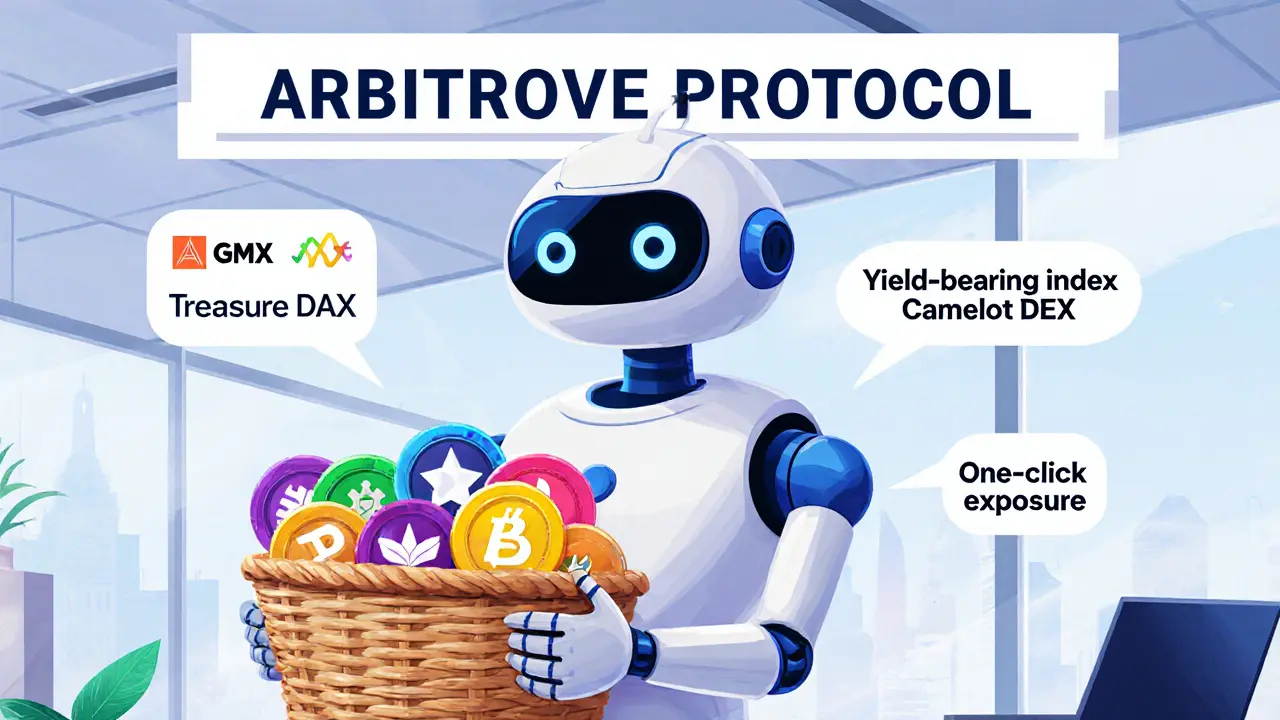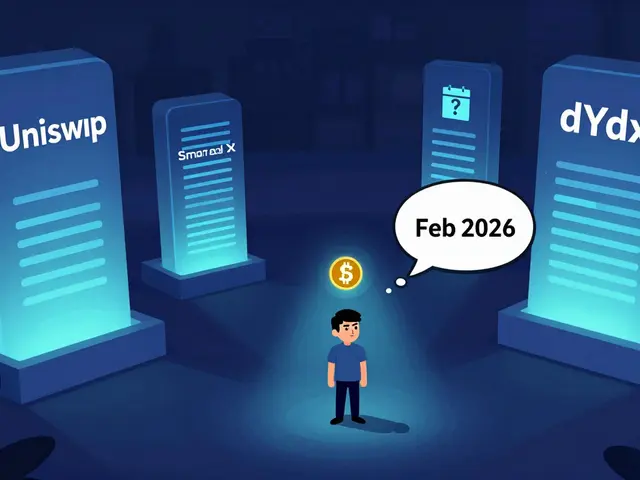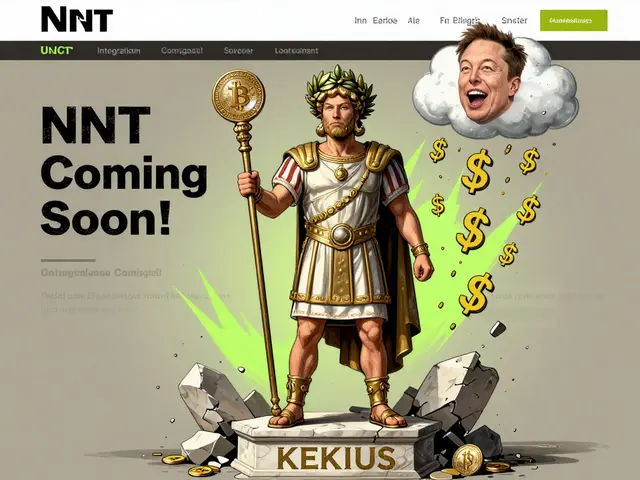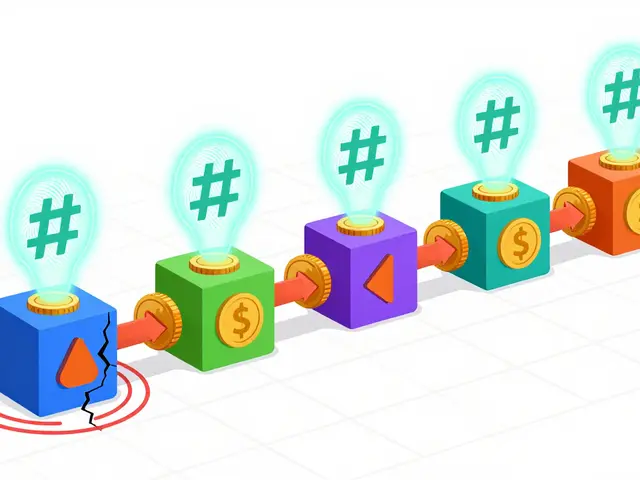Crypto Tokenomics: Understanding Token Economics and Airdrop Strategies
When working with Crypto Tokenomics, the study of how a cryptocurrency’s supply, distribution, and utility are designed to create value and incentives. Also known as token economics, it helps investors judge why a coin might rise, stay flat, or crash. In this guide we'll break down the key pieces that make up a token’s economics and show how Airdrop, a free token distribution method that can jump‑start network adoption fits into the bigger picture.
One core element of crypto tokenomics is the supply curve. Tokens can be fixed, inflationary, or deflationary, and each model sends different signals to users. A fixed supply—think Bitcoin’s 21 million cap—creates scarcity, while an inflationary model rewards active participants with new coins over time. Deflationary mechanisms, like token burns, shrink the circulating amount and can boost price if demand holds. Understanding which supply model a project uses is essential because it directly influences price expectations and investor behavior.
The next piece is distribution, and that’s where Staking, locking up tokens to support network security or governance and earning rewards in return comes in. Staking not only secures many proof‑of‑stake blockchains but also reduces circulating supply, creating a natural scarcity effect. When a project offers attractive staking yields, token holders are less likely to sell, which can stabilize price. At the same time, staking aligns incentives: those who protect the network also benefit from its success.
Utility, Governance, and Real‑World Value
Beyond supply and distribution, a token’s utility defines its real‑world use cases. Utility tokens let users pay for services, vote on proposals, or access exclusive features. Governance tokens, another common class, give holders a say in protocol upgrades or treasury allocations. Both types shape demand: the more a token is needed for everyday actions, the stronger its market footing. When a token combines utility and governance, it creates a feedback loop—users who benefit from the platform also help steer its future, reinforcing the token’s value proposition.
Airdrops often serve as the entry point for new users to experience this loop. By handing out free tokens, projects can jump‑start network effects, grow community size, and generate buzz. However, a well‑designed airdrop must consider tokenomics: if too many tokens flood the market, price can dip sharply; if the airdrop includes vesting periods, it mitigates sell pressure while keeping participants engaged.
Another factor that ties the whole picture together is token burn strategies. Burning a portion of transaction fees or buying back tokens from the open market reduces supply and can create upward price pressure. Projects that transparently communicate burn schedules often enjoy higher trust, because holders can see a clear path to scarcity. When combined with staking rewards and a limited airdrop, burns become a tool for long‑term value growth.
Putting all these pieces together shows why crypto tokenomics is more than just numbers. It’s a framework that links supply mechanics, distribution methods like airdrops, incentive structures such as staking, and real‑world utility. Each component influences the others, and a change in one area ripples across the entire ecosystem. That’s why investors need to evaluate tokenomics holistically instead of focusing on a single metric.
Below you’ll find a curated collection of articles that dive deeper into each of these topics— from detailed airdrop breakdowns to token supply analyses and staking risk assessments. Use them as a toolbox to sharpen your understanding of token economics and make smarter crypto decisions.
Arbitrove Protocol (TROVE) Explained: What It Is and How It Works
Discover what Arbitrove Protocol and its TROVE token are, how they function on Arbitrum, tokenomics, market performance, and key risks for investors.





